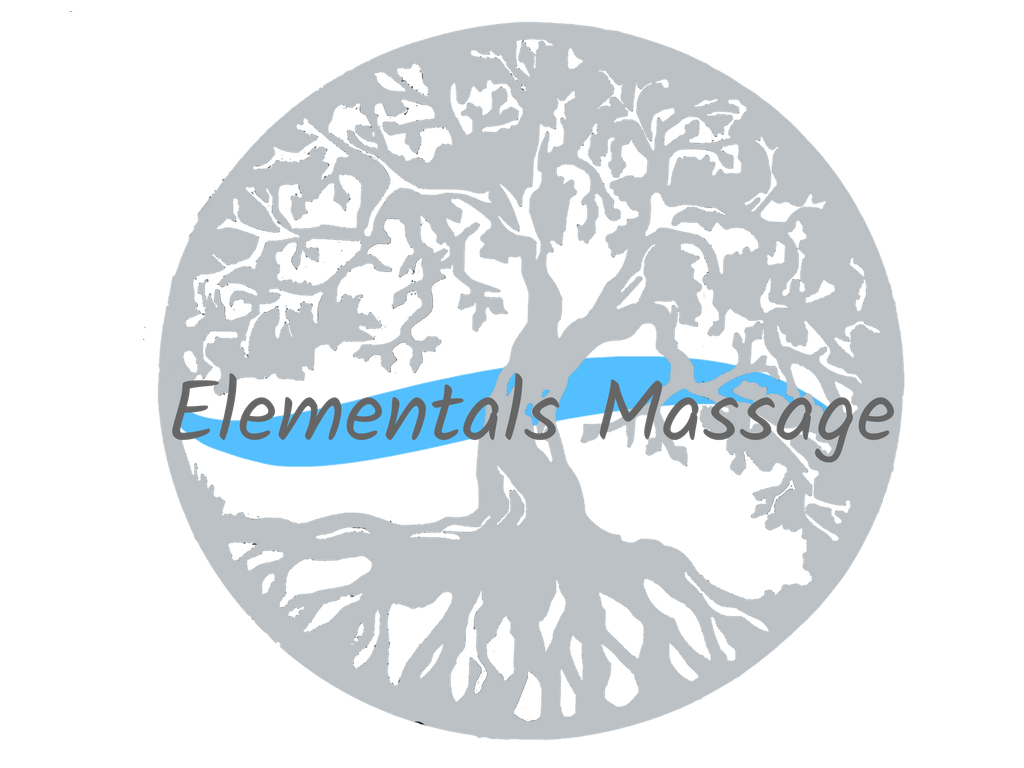With all the different types of massage techniques, it can be confusing and overwhelming when you see yet another term on the long list of modalities available. Neuromuscular therapy (NMT) is one of those that a lot of people tend to have questions about. It sounds interesting, but most people outside the industry might not know what it really is. So, let’s look at what it entails and determine if it’s right for you.
Most people who are experiencing pain or who have an injury will benefit from neuromuscular therapy. As massage therapists, we tend to talk about nerve compressions, ischemia (loss of blood flow), trigger points (highly irritable areas that transfer pain elsewhere), and postural imbalances that are causing you pain. Neuromuscular therapy can help relieve all of these things, but even if you don’t know the cause of your pain, it still may be a great type of therapy for you. Whether you’re dealing with an injury like a muscle tear, some muscular imbalance, or dealing with generalized pain in an area, neuromuscular therapy may be a good treatment option. NMT can help to relieve your pain, increase your flexibility and range of motion, and restore muscle strength.
When you’re receiving a neuromuscular session, you’re not going to experience those long flowing strokes that are so often associated with massage. Instead, you’ll notice we’re applying pressure into an area and holding for some time. We may use fingers, knuckles, or elbows to achieve that deep, sustained pressure, depending on the area. We hold this pressure to allow the body to respond; there may be a slow or immediate feeling of release or even a small twitching sensation. While the direct pressure into these areas may be a little uncomfortable at first, that should quickly ease, and it’s important to keep the lines of communication open throughout your session. We don’t want you to be in pain, so if you feel like the pressure is ever too much, please let us know immediately. We’d rather take our time and go a little slower and be a bit gentler than have you in more pain. The purpose is to get you out of pain, and while you may have a slight discomfort here and there, we don’t want to cause you any more discomfort than is necessary.
If you’re still on the fence about whether you want to try neuromuscular therapy, feel free to reach out anytime and talk with us. We’d love to help you determine if this is the right kind of treatment for your specific situation.

Recent Comments